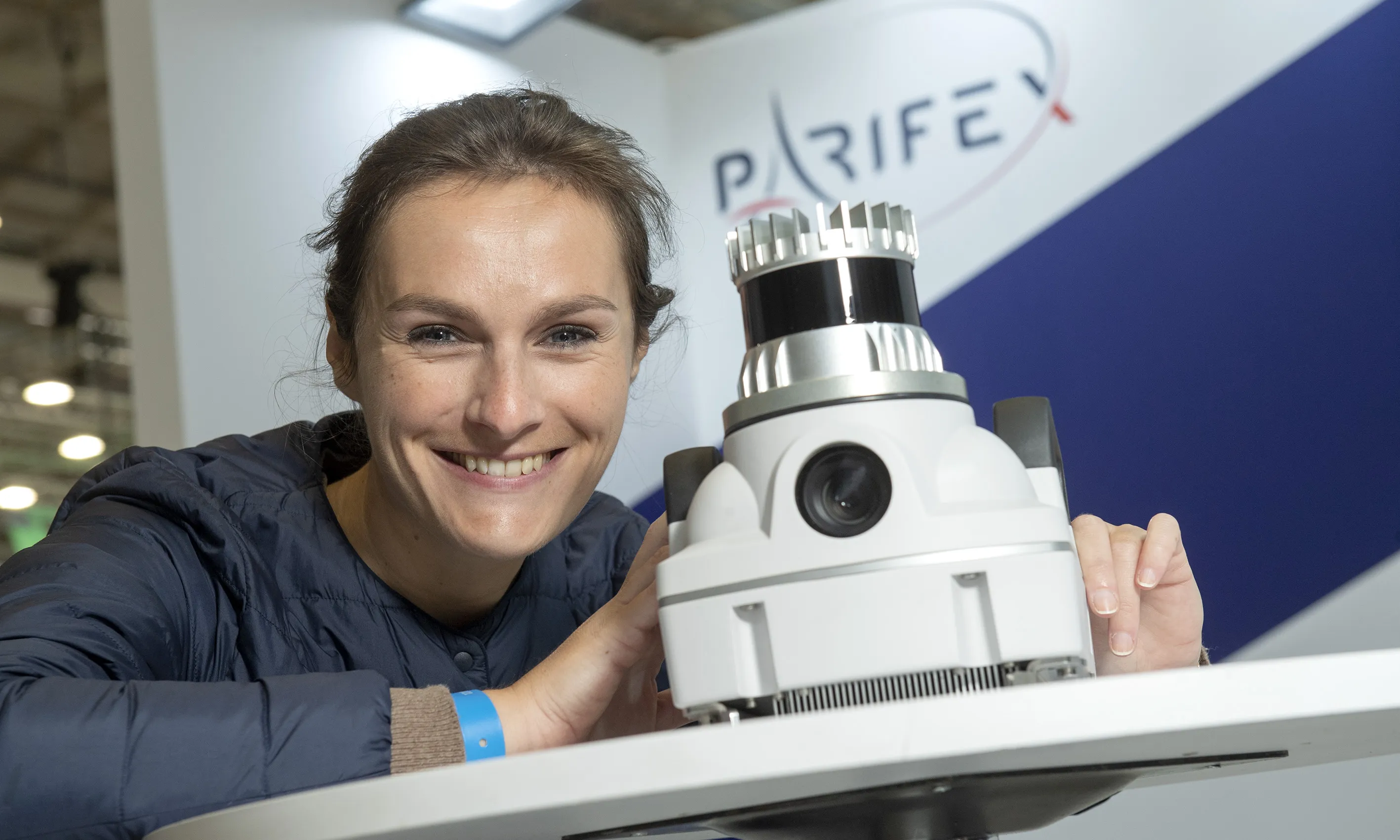
The Ohio Department of Transportation recently installed
As transportation networks increasingly rely on connectivity and the availability of big data, communications infrastructure needs to provide sufficient bandwidth and speed to support equipment for monitoring traffic and self-driving cars and convey that data back to research and manufacturing centres.
Dura-Line’s FuturePath consists of seven individual MicroDucts bundled under one over-sheath, allowing a single conduit to carry multiple pathways - enough to handle today’s connectivity demand while providing the scalability to meet future needs. Installation was made by a combination of vibratory ploughing and horizontal directional drilling, both common underground installation techniques.
The Ohio Smart Mobility Corridor links will allow premier automotive testing, research and manufacturing facilities to test smart transportation technologies on a highway that carriers up to 50,000 vehicles per day through rural and urban settings in a full range of weather conditions.
This data will also provide more frequent and accurate traffic counts, weather and surface condition monitoring and incident management improvements.
Booth 747










